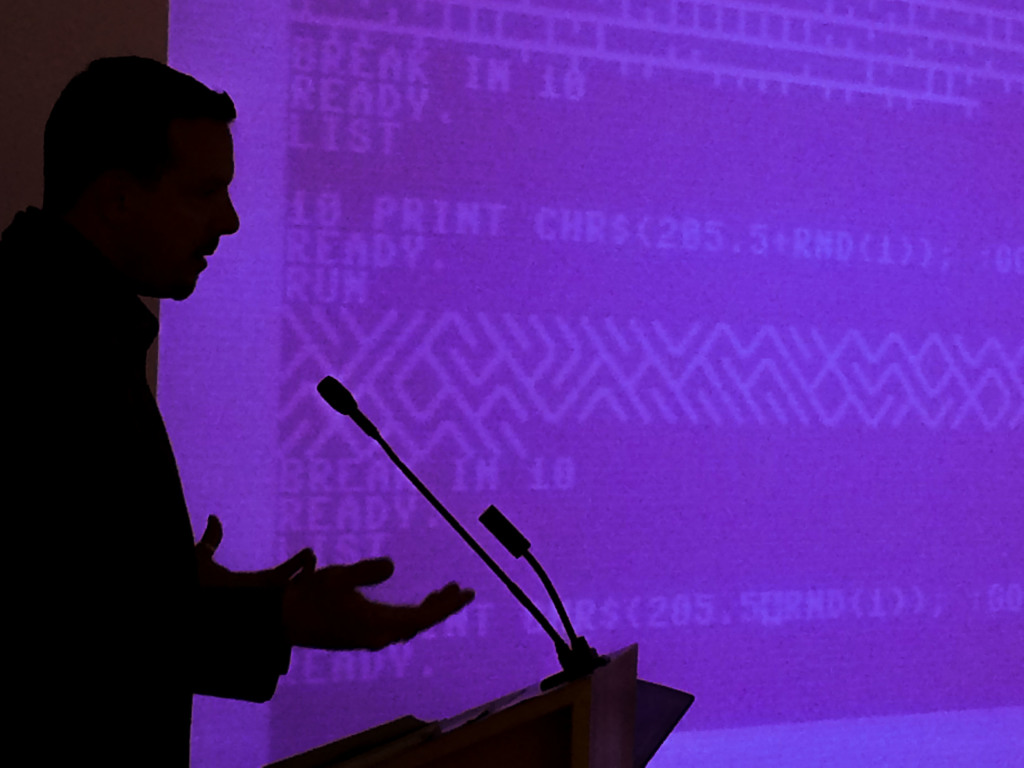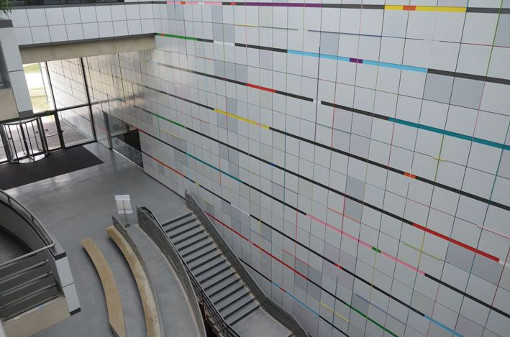I’m doing two Central Texas readings from my book of programs and poems #! this weekend:
San Antonio: The Twig Book Shop
Friday, Nov 21 at 5pm
The Twig Book Shop
in The Pearl (306 Pearl Parkway, Suite 106)
Austin: Monkeywrench Books
Saturday, Nov 22 at 4pm
Monkeywrench Books
(110 N Loop Blvd E)
#! (pronounced “shebang”) consists of poetic texts that are presented alongside the short computer programs that generated them. The poems, in new and existing forms, are inquiries into the features that make poetry recognizable as such, into code and computation, into ellipsis, and into the alphabet. Computer-generated poems have been composed by Brion Gysin and Ian Sommerville, Alison Knowles and James Tenney, Hugh Kenner and Joseph P. O’Rourke, Charles O. Hartman, and others. The works in #! engage with this tradition of more than 50 years and with constrained and conceptual writing. The book’s source code is also offered as free software. All of the text-generating code is presented so that it, too, can be read; it is all also made freely available for use in anyone’s future poetic projects.
Nick Montfort’s digital writing projects include Sea and Spar Between (with Stephanie Strickland) and The Deletionist (with Amaranth Borsuk and Jesper Juul). He developed the interactive fiction system Curveship and (with international collaborators) the large-scale story generation system Slant; was part of the group blog Grand Text Auto; wrote Ream, a 500-page poem, on a single day; organized Mystery House Taken Over, a collaborative “occupation” of a classic game; wrote Implementation, a novel on stickers, with Scott Rettberg; and wrote and programmed the interactive fictions Winchester’s Nightmare, Ad Verbum, and Book and Volume.
Montfort wrote the book of poems Riddle & Bind and co-wrote 2002: A Palindrome Story with Willliam Gillespie. The MIT Press has published four of Montfort’s collaborative and individually-authored books: The New Media Reader, Twisty Little Passages, Racing the Beam, and most recently 10 PRINT CHR$(205.5+RND(1)); : GOTO 10, a collaboration with nine other authors that Montfort organized. He is faculty advisor for the Electronic Literature Organization, whose Electronic Literature Collection Volume 1 he co-edited, and is associate professor of digital media at MIT.
#!Nick Montfort



